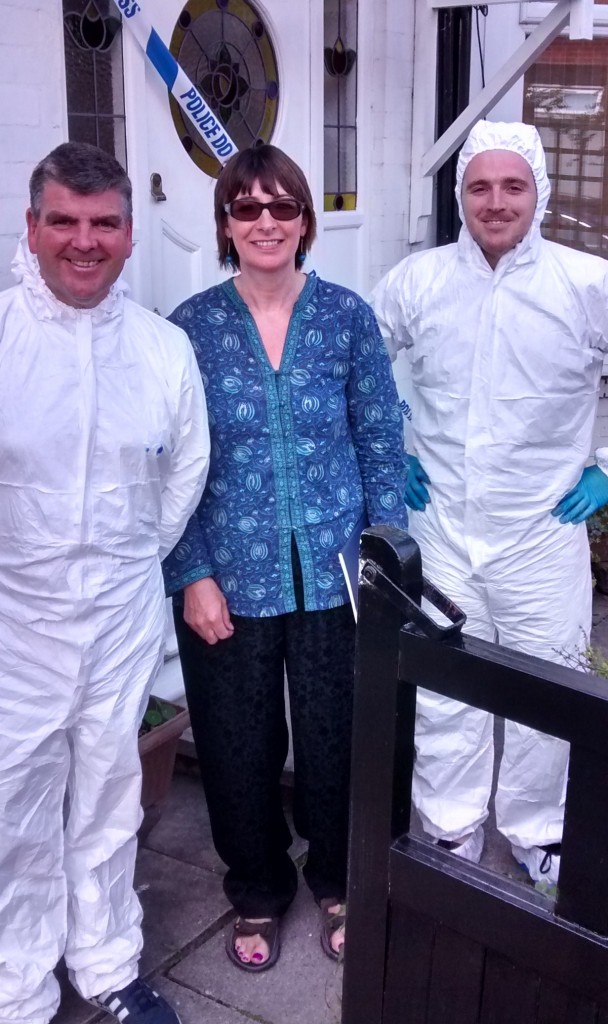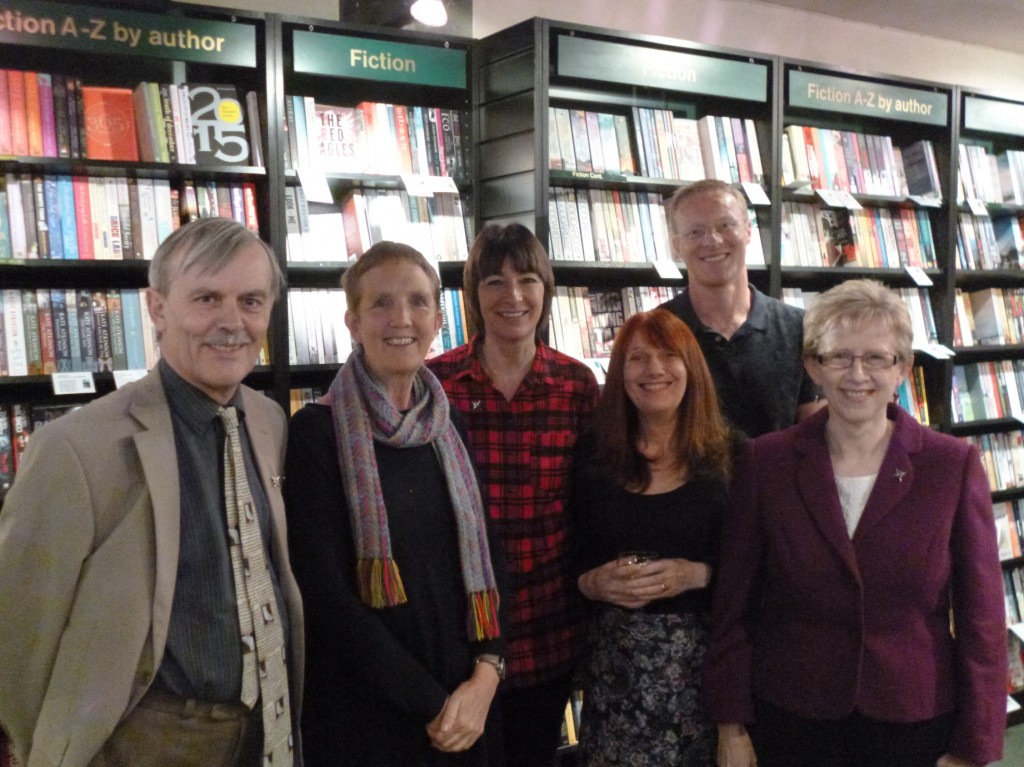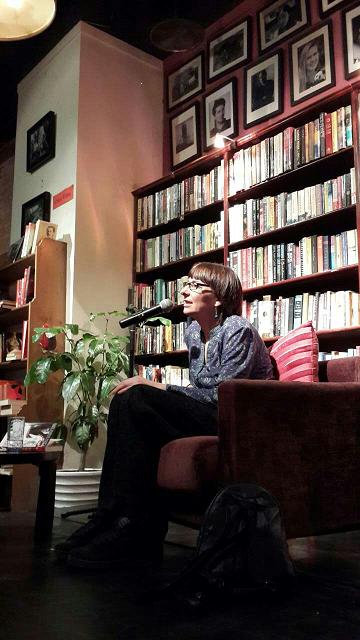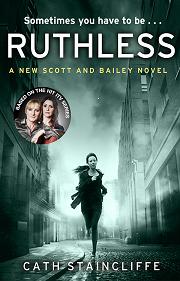I tweet about this sometimes – the stages involved in writing and publishing a novel under contract – and it often comes up in the Q&A section at events so I thought it might be interesting for readers and aspiring writers if I posted about it.
Generally the stages are:
1. Writing the book (this may involve research and any number of drafts).
2. Submitting the book (to agent and then editor) by the agreed deadline and responding to major editorial notes.
3. The copy edit.
4. Proof reading.
5. Jacket copy/author’s bio etc.
6. Publication day.
(Sometimes elements of No 5 come ahead of No 4)
My new book Half The World Away has already been written, delivered, edited and (this last week) copy-edited. I will use this post to talk about the first two of those steps.
1. The book took about nine months to write and that included a period of three weeks researching in China where much of the story unfolds. I wrote longhand and then typed up chapters every month or so to share at my novel writers’ group. The feedback I got from the group was accommodated when I did the second draft (if I agreed with it which I usually did). Once the second draft was complete, I read the book aloud to find instances of clumsy writing or repetition or faults in the dialogue and tried to improve these. I finalised the chapter breaks and checked my Chinese spelling and accents. Finally I worked out my acknowledgements and typed the title page. Then spent far too long trying to stop the page numbers appearing on the title page.
2. In mid December I sent the manuscript to my agent. I was really pleased with her response and that of her colleague (it is always daunting getting those first professional reactions). I made some minor changes as a result of their comments and then send the manuscript off to my editor. Before Christmas she emailed me – she had really liked the book (phew!) and had three notes for me to consider. One was a very simple matter – a change of names – which took no time at all. The second was a suggestion for altering the situation of one of the minor characters and I could see why she wanted this but it meant more work – going through the script and redrafting several scenes. Her final note was a reservation about the ending, which I was keen to keep as it was. In the New Year we had some more discussion and I tried writing a slightly different version which spoke to her concerns without fundamentally changing the ending that I felt worked for the story. I’m happy to say we soon reached agreement. At that point the re-jigged manuscript was sent to the managing editor and on to the copy editor.
Next time I’ll post about stage 3.




